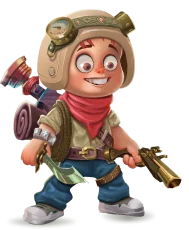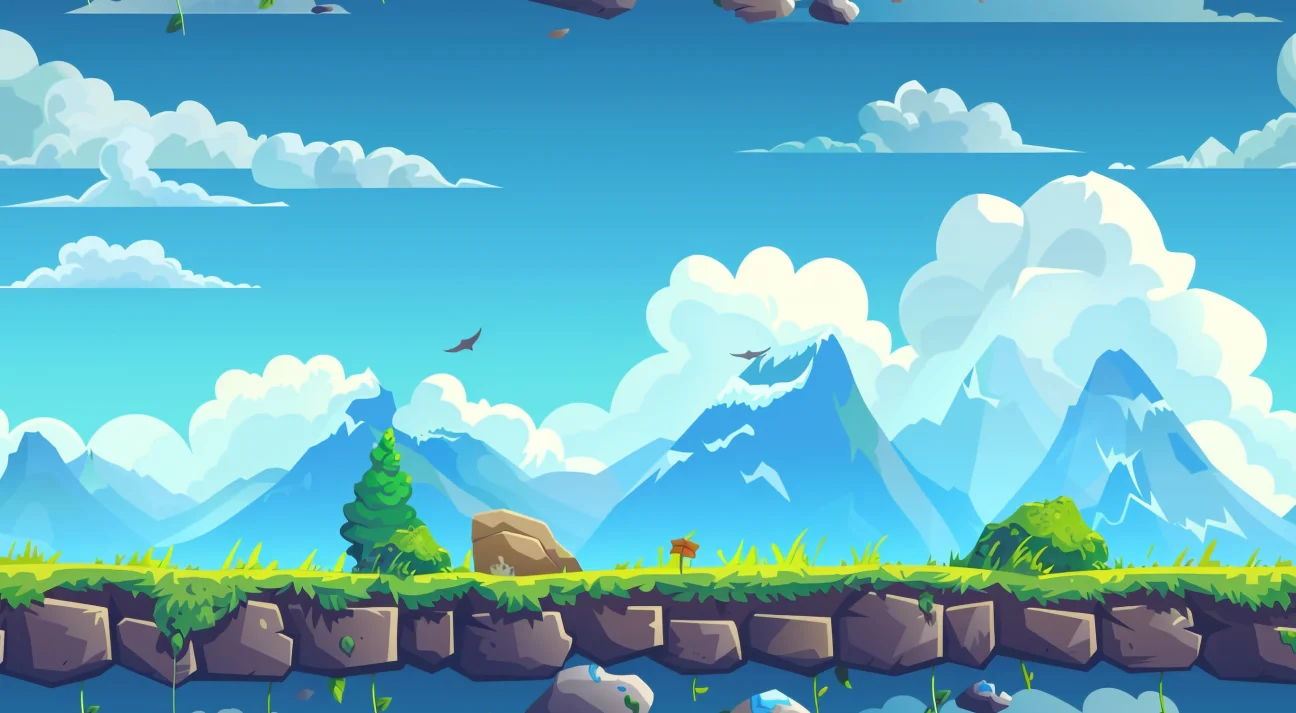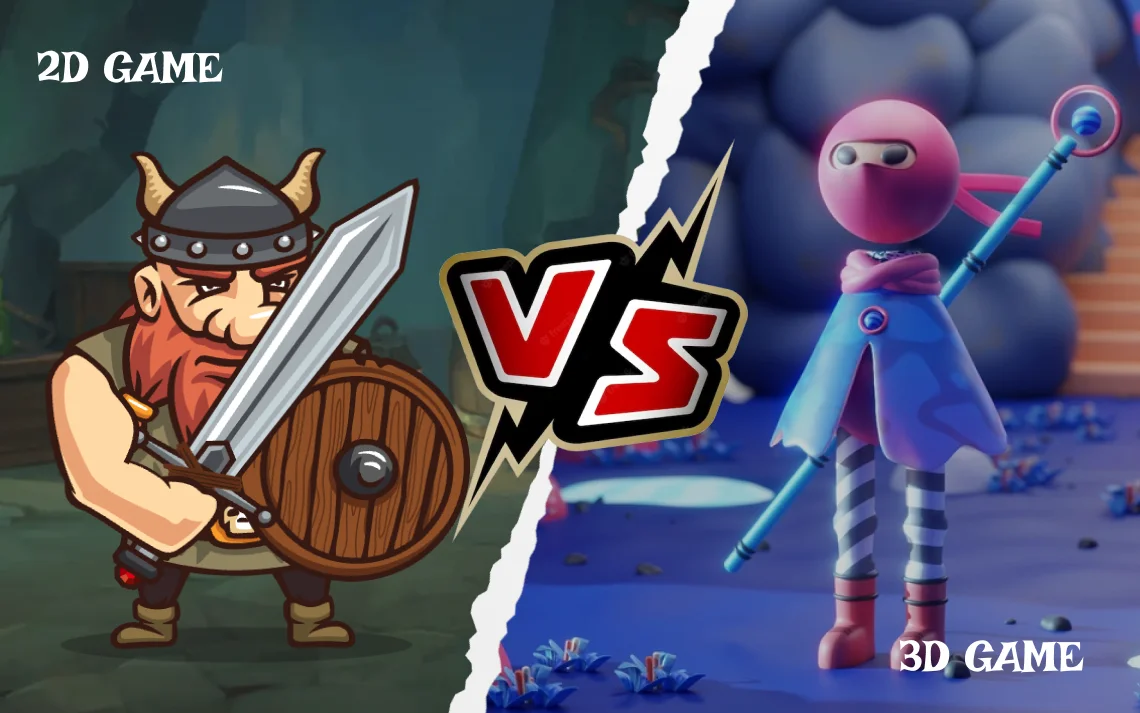
2D vs 3D Game Development – Which One to Choose?
From playing Super Mario using your console to immersing yourself in thrilling adventures like PUBG , we all have witnessed the evolution of the gaming industry. Without a doubt, the gaming industry has come a long way!
But the question is, what’s the difference between 2D and 3D games? Isn’t it clear that 2D games are built upon flat, pixelated surfaces that evoke nostalgic vibes, while 3D games are built upon immersive, high-poly surfaces that take players on breathtaking adventures?
We have to say, both 2D and 3D games have their own dedicated audience, whether they prefer the classic charm of 2D games or the sprawling worlds of 3D games.
However, distinguishing between 2D and 3D game designs is not as simple as it may seem, as both have undergone significant evolution over time.
Moreover, you might have questions like, “Is 2D gaming still alive in this technological marvel of 3D experiences?” If so, “What factors contribute to enduring the charms of 2D games amidst the allure of the 3D counterparts?”.
If you find yourself in this exciting dilemma of choosing between 2D and 3D games for your next smash-hit video game, fret not.
Through this blog, we are going to delve into the depths of 2D vs. 3D games so that you can make an informed decision for your next game development project.
But before we jump into the battle of 2D vs. 3D game design, let’s understand the concept of 2D and 3D game designs:
The Concept of 2D Games
2D games are designed based on two-dimensional flat art such as tiles or vector art that can only be seen from one perspective.
Moreover, you only have access to the movement of a 2D game that is linear and is done through side-scrolling – where the game world moves in four directions – left, right, up, and down.
And when talking about 2D games, classic arcade games are the best examples.
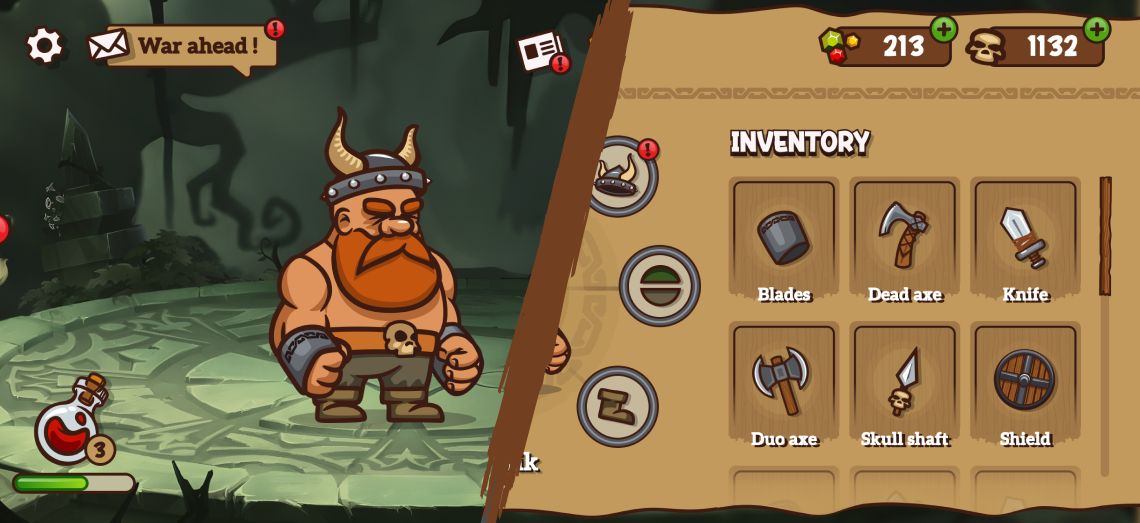
We all want to know about, “how the 2D games have evolved?” The next part is all about that!
The Revolutionary Journey of 2D Games
It all started in 1958 with the merger of dots and lines that created a 2D game interface. Though that was fairly dull, it was worth getting attention for innovation in game development. And yes, it’s the talk of the first-ever video game – Tennis For Two.
But for that tennis ball to roll, they needed external support, which was made possible with the debut of the first-ever game consoles, like Magnavox Odyssey and Atari 2600. But the initial UI of Tennis for Two needed more brainstorming to make it fully understandable to the player. And you can even say it by seeing the image below:

After that era, in the late ‘70s and early ‘80s, there was a trend of classic arcade games, such as Pac-Man, Asteroids, Galaxian, Donkey Kong, and many others, that allured kids of that time with their amazing 2D Game Art and UI/UX design.

After that era, the ruler of 1985’s – the Nintendo Entertainment System (NES), entered the 2D game world with its 2D masterpieces, such as Super Mario Bros., The Legend of Zelda, and more. From all these, the unforgettable experience of SUPER MARIO still takes us to nostalgia.
Moreover, we can still witness the undying popularity of the SUPER MARIO games and their design evolution from the classic 2D Block-based version to the advanced rendered version of the modern-age 2D character and game world version. See the image below for better understanding.

After the popularity of Super Mario, which was played through game consoles, mobile games came into existence.
Among others, Mini Militia – A multiplayer combat game, released in 2011 and downloaded 100M+ on the Google Play Store, became the new favorite of the youth with its multiplayer experience, simple controls, customization options, and much more. Also, we can never oversee the simple yet the interesting UI of this game; see the image below:
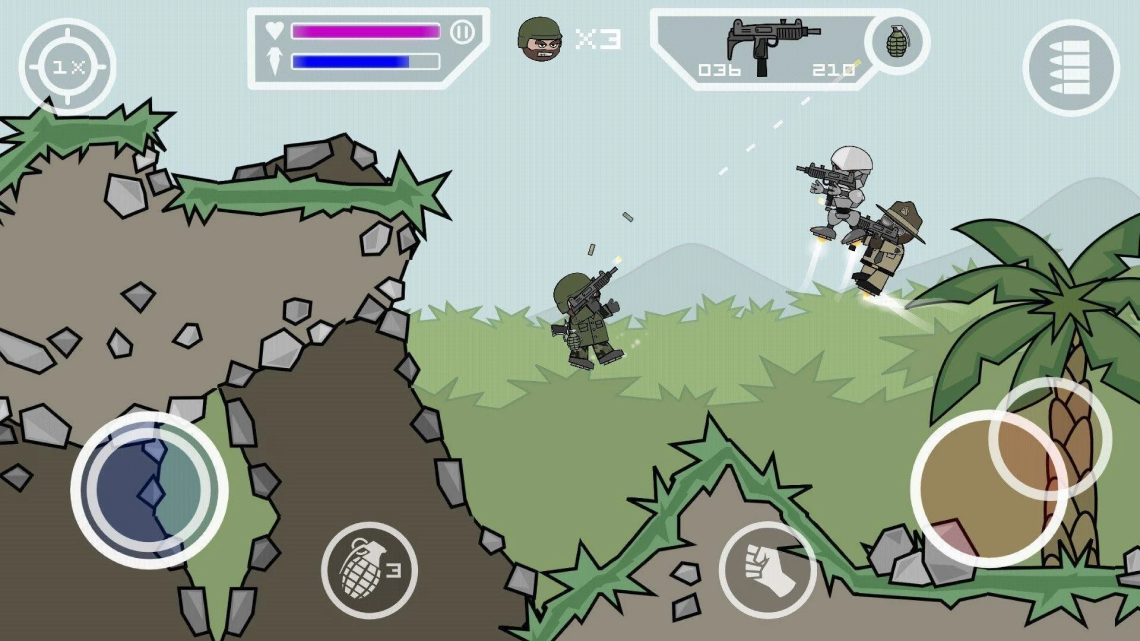
Indeed, the 2D games have set the generations in the game world that caught the attention of the audience spanning from the late Baby Boomers to Millennials to GenZs.
And Gen Alpha is also becoming a fan of 2D games, but it’s for sure that the legacy of the 2D game will continue to its next generation and adventures.
Characteristics: Reasons 2D Games Has Its Separate Fanbase
Let’s have a look at some prime characteristics that made and will make 2D games a preference of every generation to come:
Pixel Art: A small, square-shaped pixel to create and style visuals that gives your 2D game a classic, nostalgic look and feel.
Flat Graphics: By using pixel art, sprite animation, and vector graphics, a 2D game artist creates flat, two-dimensional graphics, characters, objects, and game environments.
Limited Depth: Unlike 3D games, 2D games rely on layered structures and visual cues to create the game environment with flat graphics.
Sprite Animation: Just like the quick screen refresh rate, 2D games are created with sprite animation, where a series of progressive images/frames are moved into motion to create a perfect animation and bring the 2D game world to life.
Simple Control and Limited Focus Area: 2D games have straightforward controls, such as movement, jumping, attacking, and interactions, and focus area with side-scrolling and top-down perspective that gives players a bird’s-eye view of the game area as they move forward in the game. Such games include Mario, Sonic the Hedgehog, etc.
2D Game Mechanics: The fundamentals of 2D gameplay mechanics are very simple to provide players with an enjoyable, engaging gameplay experience and governance based on how characters interact with the arena and objects.
Why Should You Go For 2D Game Development?
Here are the advantages you get when developing your dream 2D games you can reap the following benefits:
- The simplicity in 2D games plays a pivotal role that makes the 2D game design and development easier and faster;
- With limitations to controls, such as jump, move forward and backward, attack, and more, such becomes easy to implement such controls;
- As the graphics used in the game are flat, such game design files are smaller in size and easy to optimize;
- Gives game artists wings, the freedom to explore unique art directions, expressive hand-drawn graphics;
- Easy to develop cross-platform compatible games, resulting in better time and cost savings.
Types of 2D Games You Can Build
Though with two-dimensional scope, you can’t underestimate the reach and impact of 2D games on the players. So, here are the top genres with examples you can target and take inspiration from to build your next revolutionary 2D game:
1. Platformers
Platformers have been in motion since the era of arcade classic games. Amongst many Donkey Kong was the first-ever platformer game. These are fun games that take players into thrilling adventures, where they have to jump and climb to move ahead in the game.
There are three types of platformers:
- Collect-a-thon platformers, where the players have to collect points, gems, and puzzle pieces, to level up the game;
- Mascot platformers that have consistent main characters and gameplay mechanics, offering players a consistent gaming experience;
- Puzzle platformers, where players have to solve puzzles to move ahead in the game.
Some great examples of platformer games are Super Mario Bros. Series, Donkey Kong Country series, Sonic the Hedgehog, Celeste, Hollow Knight, Bal Hanuman, and many others.
2. Metroidvania Games
Metroidvanias is created by combining the series from Metroid and Castlevania, which merges game exploration and platforming. Simply put, here, players explore interconnected worlds to find keys to unlock new abilities to complete their mission. These games have a non-linear structure and emphasize backtracking.
Castlevania: Symphony of the Night, Hollow Knight, Ori and the Blind Forest, Axiom Verge, etc., fall into this category of the game.
3. Puzzle Games
These are brain games that make people think and do brain exercises to enhance their pattern recognition, problem-solving, and other brain abilities. These can be real-world puzzles like Sudoku, Escaping Maze, Matching pieces, challenging board games, or anything.
Some popular puzzle games include Candy Crush Saga, Two Dots, Unblock Me, 2048, etc.
4. Card Games
Card games have been with us for a long time in the form of poker, catch the Joker card, Rummy, and more. Some popular examples of card games include Solitaire, Spider, UNO, etc.
5. Beat ’em Ups
The Beat’em up game genre is all about a player brawling with a group of enemies until they beat ‘em up all to clear a way out to the checkpoint or get themselves beaten up. This type of game contains side-scrolling gameplay and fast-paced action.
Some very Beat ‘Em Ups games are Streets Of Rage series, The TakeOver, River City Girls, X-MEN, Dungeons & Dragons: Chronicles Of Mystara, Dragon Ball Advance Adventure, etc.
6. Shoot ’em Ups
A subgenre of action games that are also known as Bullet Hell and Shmups, where players control a game character or a spacecraft and shoot at enemies becoming obstacles in their adventure.
Games like Geometry Wars series, Touhou Project series, Ikaruga, Cuphead, and Pubg, are popular shoot ’em-up games.
7. Fighting Games
This type of game can be one-against-one fighting games like WWE or any other fighting sequence where the characters have to fight to win that level.
Mortal Kombat series, Street Fighter series, and Super Smash Bros. series are popular fighting games.
8. Strategy Games
Strategic games make players do brain exercises to do tactical thinking and planning to make strategic decisions and achieve game objectives.
Popular strategic games include Clash of Clans, Chess.com, Civilization series, StarCraft series, etc.
9. Adventure Games
This is a mixed genre, where games focus on exploration, puzzle-solving, strong storytelling, and more. The Legend of Zelda series, Cave Story, Limbo, Inside, and many others fall into this genre.
The Concept of 3D Games
A video game built using three-dimensional, volumetric art pieces created by measuring height, width, and depth that immerses players into its transcending reality. Unlike 2D games, 3D games immerse players by simulating depth, perspective, and realistic graphics.
Additionally, 3D games incorporate physics simulations into the graphics to enhance the realism of objects, motions, and interactions. This ensures that the 3D objects have realistic weight, collisions, and gravity. Here, players have control over game characters participating in various activities as per the game genre.
In most cases, 3D games are extensively created for big screens, such as PCs and Consoles; however, they are also rendered for the mobile experience without missing out on the game performance.
The Evolution of 3D Games
After the evolution of 2D games, there comes the next era of three-dimensional graphics. It all started with the introduction to the fourth generation of visuals brought up by Nintendo and Sega.
Not just them, in the timeline of 1973-1980, many games, like Maze War, Spasim, Battlezone, and 3D Monster Maze, were rendering graphics in 3D. However, it was just a preface until the debut of Sony PlayStation in Japan in 1994.
With the introduction of the PlayStation, the 1990s’ officially marked the emergence of the 3D games era with the debut of games like Wolfenstein 3D and Doom.
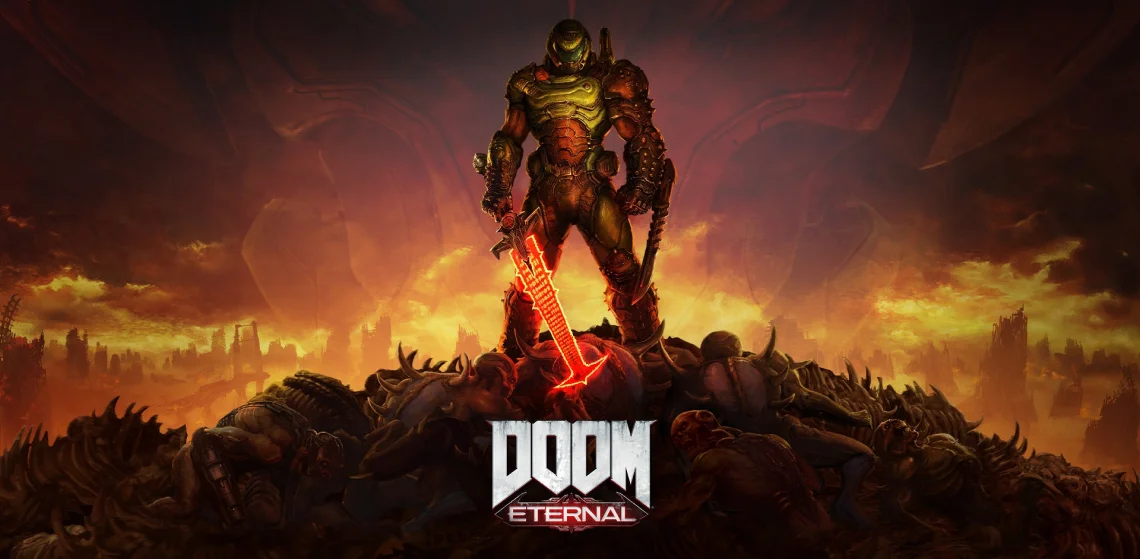
Among the emergence of other games in 1996, Quake was considered a major breakthrough in 3D games, especially in the area of polygonal characters and multiplayer supportability.
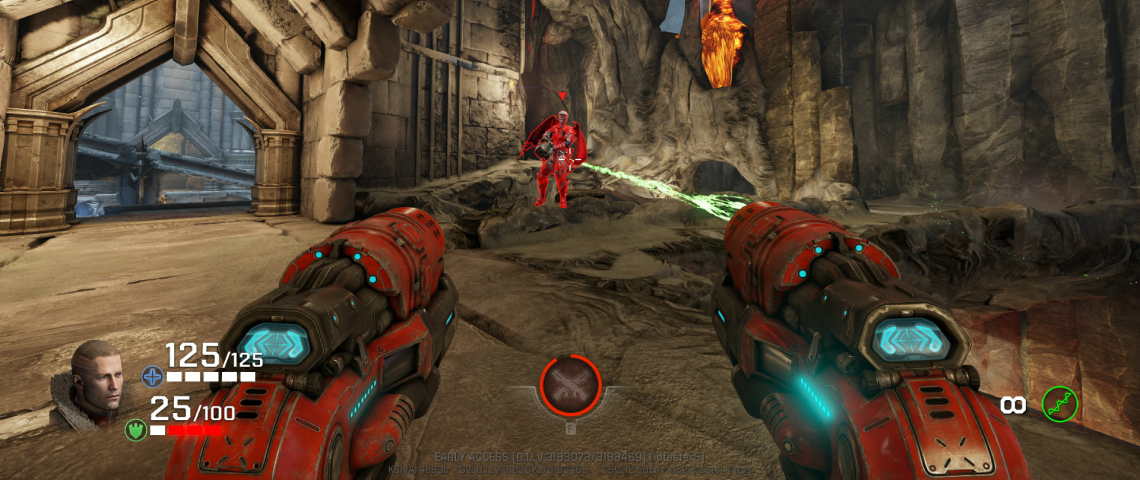
The beginning of the 21st century played a pivotal part in the advancement of graphics technology with the introduction of graphics-support hardware (known as a graphics card) like 3dfx Voodoo and NVIDIA GeForce series and Console Advancements that brought the imagination of 3D realistic environments to life. The famous games of that time were the Uncharted series, Gears of War, and The Last of Us.

In the 2010s, a new decade of 3D video games started that introduced Virtual Reality (VR) and Augmented Reality (AR) gaming and opened a new door to total immersive gaming experience. HTC Vive, Oculus Rift, PlayStation VR, Jurassic World Alive, and Pokémon Go brought AR/VR gaming to existence.

Thanks to the game development engines like Unity 3D and Unreal 3D, we were able to witness the next-gen of video gaming at our fingertips. Now, the concept of Web3 Games, such as NFT Games and Metaverse Games, is taking the video gaming experience to the next level!
Characteristics: Reasons 3D Games Are Loved By Generations
You might have guessed the characteristics of 3D games, but it’s worth noting its characteristics from the Game Expert’s perspective:
- A Three Dimensional Environment creates a sense of depth and represents objects and spaces more realistically.
- Realistic and Detailed Graphics are achieved through advanced graphics rendering techniques by incorporating polygons, textures, shading, lighting effects, etc., that offer immersive environments.
- Players get Dynamic Camera Control to manipulate the camera angle, view perspectives with Zoom In/Out, move forward, backward, left, right, up, and down, and more, to explore the game world the way they want to.
- Depth Perception and Perspective in 3D games provide players with a sense of distance and scale in the game world to see the nearer objects larger and closer and farther objects smaller.
- The incorporated physics simulation in 3D games simulates gravity, friction, momentum, and other forces.
- Collision detection in 3D games determines the complex interactions of objects and characters, such as combat, object manipulation, etc.
- The BGM (Background Music) of the 3D games makes them special for the players that totally immerse them in the gameplay.
Why Should You Go For 3D Game Development?
Here are the advantages you get when developing your dream 3D games you can reap the following benefits:
- 3D games offer more immersive and realistic environments and visually stunning experiences;
- 3D games also offer game artists the creative freedom to do experiments with creative possibilities;
- With the visually stunning and alluring gaming experience, 3D games have extensive market demands;
- With the technologies being more advanced and accessibility to powerful tools, 3D game development has become more accessible and efficient.
Also Read: How to Design Engaging Game Art That Elevates Mobile Gaming Experience?
Popular 3D Game Genres and Examples
The world of 3D games is very unpredictable where the standards always rise up and go beyond imagination with every genre listed below with popular examples of games:
1. First-Person Shooter (FPS) Games
It’s a sub-genre in shooter games, where players play games from the protagonist’s perspective with mainly a focus on combat and shooting and navigate the game world from a first-person viewpoint. Here, players can play games in solo, duo, or multiplayer modes as per their like.
Call of Duty series, Battlefield series, and Fallout series are the popular games of this genre.
2. Sports Games
They simulate real-life sports and allow players to compete in various categories of athletic activities. Such games often allow players to play games in multiplayer options with virtual team management and a lot more realistic features.
FIFA, NBA 2K series, 3D Bowling, Asphalt series, and the Need for Speed series are the popular games of this genre.
3. Role-Playing Games
This game’s genre is mixed with many genres where players have to role-play and play the game from that protagonist’s perspective, and such games also contain rich storylines where players evolve, fight obstacles, and explore the game world. Action, Adventure, Multiplayer, First-person shooting, or any other game types may contain role-playing gaming concepts.
World of Warcraft series, Final Fantasy series, Fallout series, and The Witcher series are the popular games of this genre.
4. Action & Adventure Games
It is the most loved game genre – Action & Adventure games where there are both action and exploration elements, offering players a mix of puzzle-solving, combat/fighting/shooting, survival, and narrative experience.
Uncharted series, Jumanji: The Video Game, Assassin’s Creed series, Resident Evil series, God of War series, and Valley of War fall into this game genre.
Key Difference Between 2D vs 3D Games
Here are the key difference between 2D games Vs. 3D games that set them apart and make their different impact on players of their league:
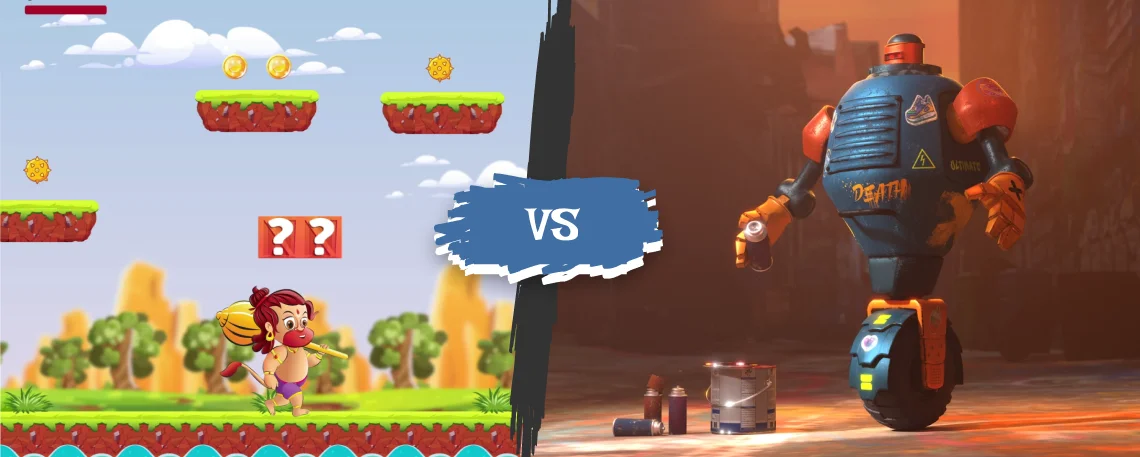
1. Graphics and Visualization
It’s the pretty obvious difference between 2D games and 3D games. While 2D games are designed on two-dimensional planes that give pixelated and classic vibes to the players, 3D games are built upon three-dimensional objects and planes that offer more immersive, detailed, and realistic visualization and gaming experience with depth and perspective.
2. Gameplay Mechanics
In 2D games, players have limited controls, such as jumping, climbing, moving forward and backward, and top and down. On the other hand, 3D games offer players complete freedom to explore the game world, such as scrolling up and down, zooming in and out, attacking, jumping, climbing, and many actions to survive in the game and play it gracefully.
3. Design and Development Complexity
As we know, 2D games are designed on two-dimensional planes, and the graphics for such games are easy to design and develop. Also, the level complexity for the game scaling is lower. In the case of 3D games, design, and development complexity with scaling complexity is higher due to the detailed structure and rendering requirements.
4. Immersion
Both 2D games and 3D games offer immersive gaming experiences to their players, but we all have to agree that 3D games offer a more immersive experience with a realistic touch.
5. Audience
Both 2D and 3D games have their own set of audiences. Players who like to play games with a classic vibe and focused gaming experience often prefer to go for 2D games. On the other hand, players preferring more immersive, graphically rich, best-in-class BGM, and transcending reality, choose 3D games.
Wow! Now, you know so much more about the 2D vs. 3D game design, enough to win a debate competition! But what tools and technologies should you use for such game development? The next section is all about that.
Also Read: Mobile Game Design – All You Need to Know
2D Games vs 3D Games: Tools and Technologies
Well, seeing the technological advancements, you will find many common game design and development tools and technologies to create your 2D games as well as 3D games, but some are specific to the game development type. So, let’s have a look:
Game Design and Development Engines
Here are the most extensively used 2D and 3D game design and development engines that game experts at 300Mind proficiently use and advise to use:
Unity Engine
Unity is a popular cross-platform game engine that enables game artists and developers to create 2D, 3D, VR & AR games as well as simulations and other gaming and animation experiences.
Back in 2005, Unity engine was announced as Maz OS X game engine, but then it extended its support for desktop, mobile (iOS and Android), console, and VR headset-based game development.
The primary focus for this Unity engine development was to only create games and animation, but now, it is also adopted by industries like Film, Automotive, Architecture, Engineering, Real Estate, and more to create their digital 3D-model-based animation and marketing purposes.
Because of this, it is widely used by 2D and 3D artists to create their digital art masterpieces.
Unreal Engine
This is yet another popular and powerful game development framework to create real-time, high-quality, and visually stunning 3D games for PC, Mobile, Console, and VR headsets.
Using Unreal Engine, digital 3D game artists and developers can create a completely new game world and experience with rich graphics, visuals, and game animation that can make you and your players get immersed in an entirely new reality.
Regardless of the game development scale and team size, Unreal Engine is suitable for all game types. It also offers a unified content pipeline and enables you to extend your game world using XR (AR, VR, and MR), too!
A wide community of 3D creators gives you more confidence to choose this engine for your next 3D game development project.
Also Read: Unity vs Unreal Engine: Which One is Best For Your Game?
Cocos2D Engine
When it comes to 2D game development, Cocos2D, an open-source game development framework is the leading choice of many 2D game creators. Using cocos2D, you can create 2D games for multiple platforms, such as iOS, Android, and the web.
Due to Cocos2D’s simplistic UI, developers can easily work on the game mechanics, animations, and interactions. Apart from this, the Cocos family offers many tools, such as Cocos Creator – to create a real-time rendering of 3D games, XR content, Industrial Simulation, Virtual Characters, and Interactive marketing animated content.
Blender Game Engine
Blender is an open-source 3D game engine that helps you create and render 3D models and animation. If we are more specific, then Blender is not exactly a game development engine, which is used in conjunction with other game development tools to design and render 3D assets and animation for games.
Using Blender, you can do more, such as modeling, rigging, texturing, animation, simulation, and rendering. So, one tool does so much for game development; hence, it is a popular choice for game developers to experiment with their 3D game assets.
Apart from these game engines for the coding part, you can use HTML5 for the game development and other programming languages, such as Swift, Kotlin, Java, etc., to make your game easily run across Android and iOS compatible devices.
For the game audio part, you can use audio composition tools like Unity Audio, Unreal Audio, Audacity, Wwise, or Elias Studio, like famous platforms, to create and merge background music for your game.
2D vs 3D Games: How much does it cost to develop?
Isn’t it obvious to guess the cost in the battle of 2D vs. 3D games? It is, indeed, 3D game development will cost more than 2D game development due to various reasons, amongst which graphics type affects a lot. However, you never know which factor plays a more pivotal role. Hence, let’s take a look at the major factors affecting the 2D and 3D game development cost:
Platform Support
When planning to develop your video game, you must target the platform for which you’re developing your game. It’s pretty obvious that mobile game development will cost less than developing games for PC or Consoles, whether it is a 2D or 3D game.
Functionalities and Scale
Every game has some set of functionalities. Simply put, the more functionalities and the larger the game plan is, the more effort will be required, and so the big team and the bill in the end.
When it comes to the comparison between 2D vs. 3D games, 3D games often contain more functions, as well as the scale of the development. In the case of 2D games, initially, you can plan to develop a 2D game with a smaller scope and then scale it as required.
Graphics Complexity
This depends on the concept of your game. Obviously, 3D game art and graphics design will require more effort due to extensive details, combinations, and rendering requirements. But some 2D game concepts do have graphics complexities.
Development Complexity
If the complexities of the graphic are there with many development details, the development complexity will rise undoubtedly. In 2D games, giving the game an immersive experience would require more development efforts, and there’s nothing to say about the 3D games as the concept itself makes it obvious.
However, developing MMORPGs – Massively Multiplayer Online Role-Playing Games is harder amongst all game genres.
Also Read: Tips to Help You Reduce Your Mobile Game Development Cost
Game Development Team
Whether it is a 2D game or 3D game development project, you would definitely need these roles in your game development team, including:
- Game Concept Artists
- 2D or 3D Game and Character Artists
- Motion Graphic & Animation Artists
- Game Developers
- Game Testers (QA Engineers)
- Project Manager
Of course, their experience and creativity level matters the most when calculating the cost of your game development.
So, if you’re curious to know the cost estimation for your game development concept, share your requirements with us today!
2D vs 3D Games: Which Game Development Should You Go For?
In conclusion, all we can say is that it totally depends on your game development concept and definitely your decision for the game development. You can also refer back to the popular game genres respective to 2D games and 3D games to make clear decisions. And if you still have some confusion, you can always reach out to our game development team for expert game consultation.
FAQs on 2D vs 3D Games
Yes, the 2D game elements can coexist in one game, which is known as 2.5D or Pseudo-3D – 2D graphics that exist in the three-dimensional space. And it exists in many games as a distinct graphic style. Marathon Trilogy, Wolfenstein 3D, Doom, Carmageddon, and Super Mario Kart are popular examples of 2.5D games.
Well, it depends on your game concept and the audience you want to target. If you’re planning to develop games for the young generation, you can opt for 3D game development, and if planning to develop a brain game, then 2D games are always the best options.
Yes, they do! It’s true that 3D games have set new standards, but 2D games are in the race and will be with their evolved versions.
